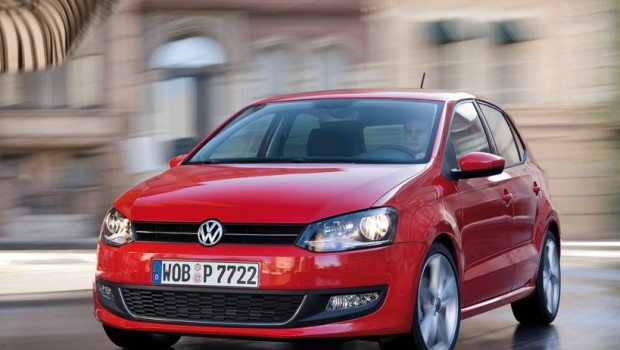ThinkBlue With Start-Stop Engines
Commuters have it tough. Those who travel far from their home to work and back each day can feel the travel expenses slowly adding up. What may seem like a simple toll charge or an extra litre of fuel can make a pretty large effect when you multiply it across week after week of travel. Having great fuel efficiency can cut down some of these fuel costs, but it only functions as half the equation for commuter savings.
Where does the other half lie? While a lot of time spent during the commute is at a decent cruising speed, there still remains a great portion of a commuter’s journey that involves sitting at a set of traffic lights or in a jam. In some cases, especially in the Klang Valley, clearing a set of traffic lights can take up to 20 minutes.
For most cars, that time is spent burning fuel. Engines with smaller displacements manage to get away with burning less fuel, simply because the engines don’t burn as much fuel per second at idle. Overseas some cars are even capable of lean-burn cycles that use even less fuel, though this functionality is hardly seen here thanks to our relatively poor fuel quality. Ultimately if you turn the engine off, so too do you stop the unnecessary burning of fuel, but the question of how to make the procedure seamless and user friendly was something left unanswered.
Then along came automatic Start-Stop systems, which first started popping up on hybrid cars to help them meet their required efficiency goals. Quoted car fuel efficiency figures are not merely sourced during cruising, but instead from a variety of scenarios: it is effectively an average fuel efficiency figure that one may expect over the course of a day. Originally these systems proved to be quite rough and crude and functioned merely as a means to an end. Add to that the additional strain on the car’s starter motor and you had a system that was quite unappealing for mass production application.
But over time, more car companies chose to approach this Start-Stop system with less scepticism. Amongst luxury car makers, the system started becoming commonplace. When questioned on how these companies circumvented the starter motor issue, the answer was simply that they made it stronger. Not once, not twice, but forty times stronger than the standard units.
Some may wonder how the auxiliary systems function while the engine is off. As mentioned in our piece on Volkswagen’s regenerative braking last week, the car’s battery remains at a high enough level of charge such that it can power things like the air conditioning compressor and electrical systems even while the engine is off. This has been a problem in some hybrid models which can’t juggle the load between battery and engine during Start-Stop procedures, and the experience can be quite rough at times. Thankfully, Volkswagen’s system manages to keep the interruption to a bare minimum.
The benefits of the system are clear cut. On the environmental front it means less CO2 and other pollutants released into the atmosphere. On the owner’s side, it means less money wasted burning unnecessary fuel. Top that off with the fact that they system doesn’t rely on a hybrid power cell and you’ve got a very hard argument to beat.















